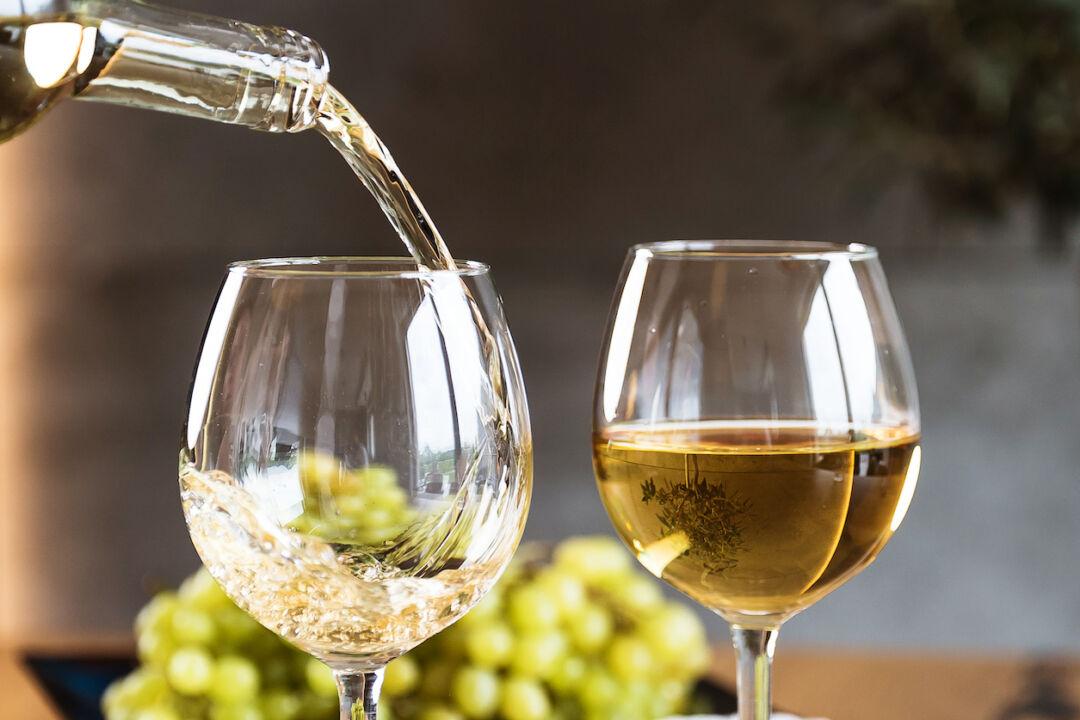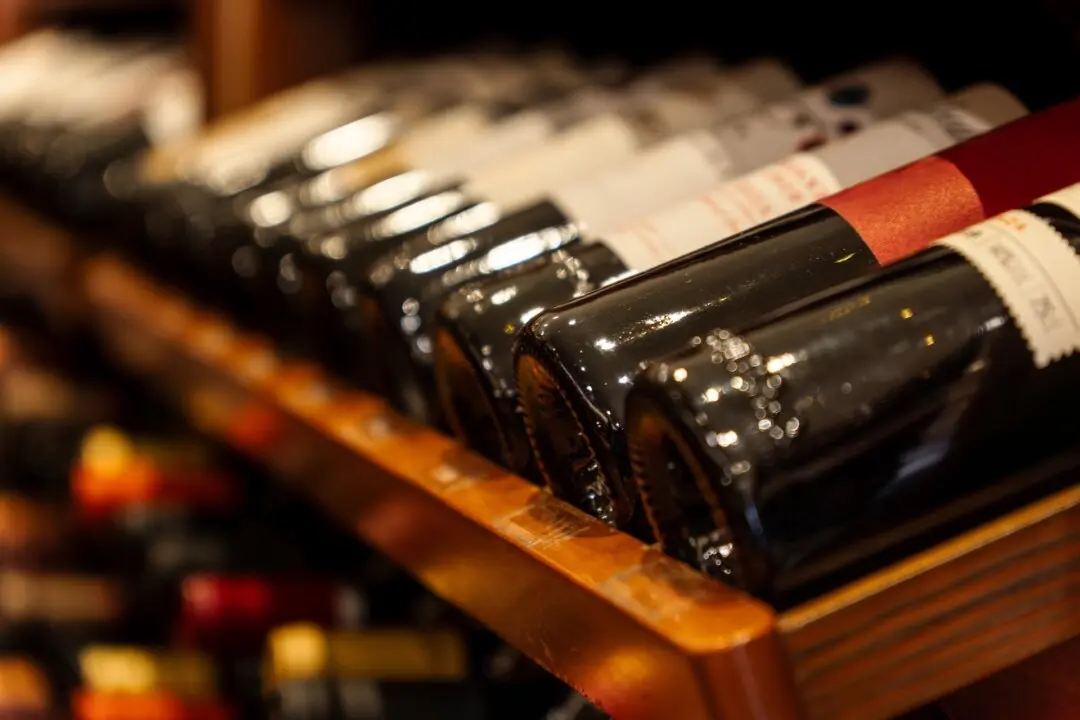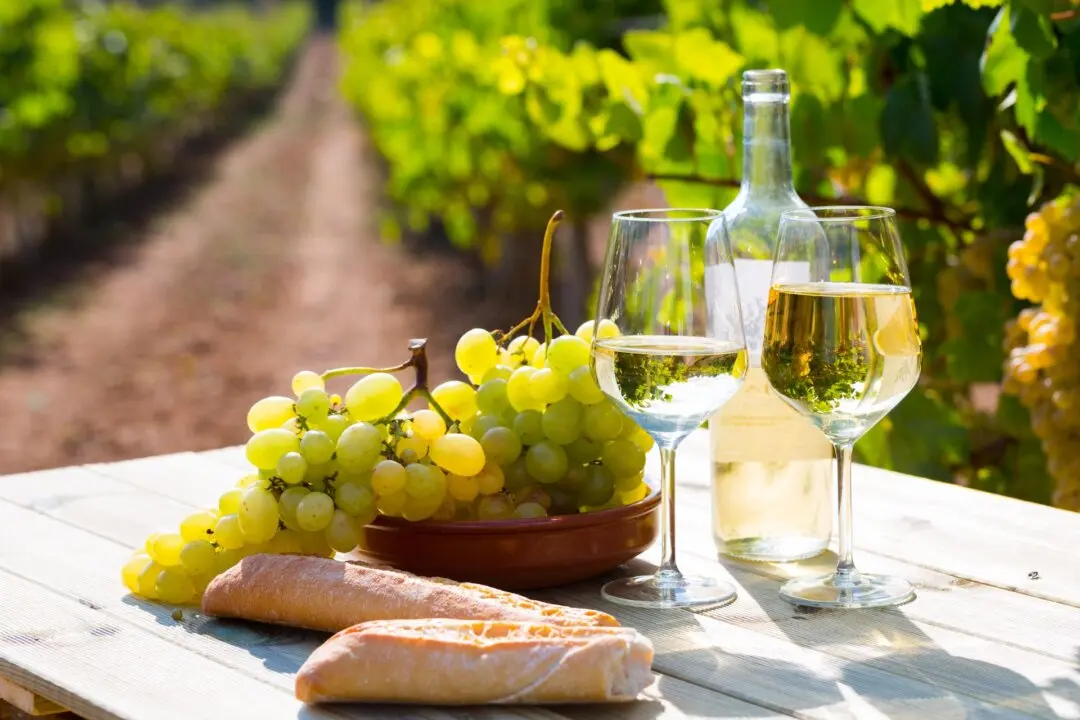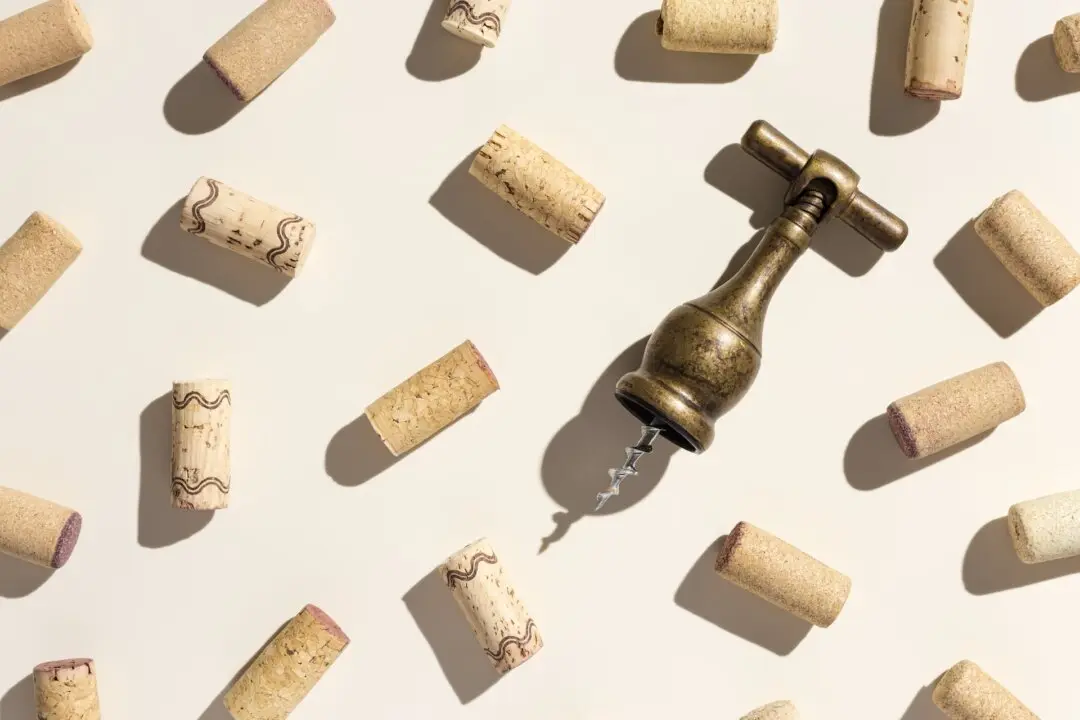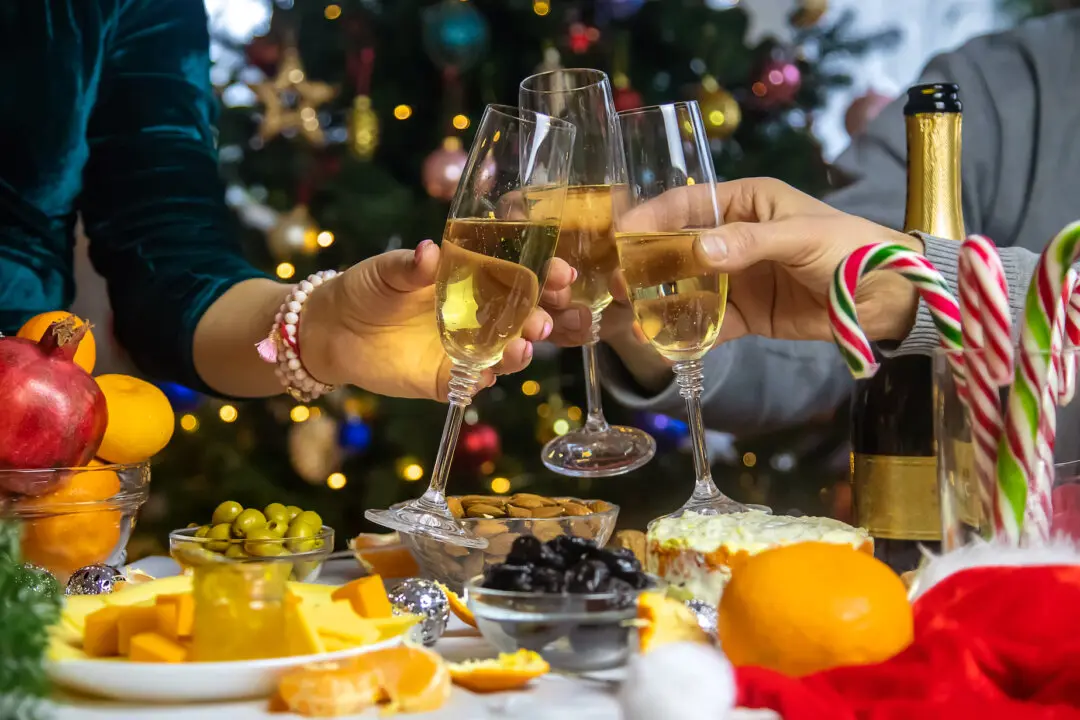If you appreciate wine, you probably go to retail wine stores each time you need a bottle or two for dinner or an upcoming party.
But there are several sound reasons to begin a small wine collection at home. It starts with having several wines on hand so last-minute situations arise less often. Last-minute purchases can be risky, because you often are stuck with whatever is available.

